Recent Articles
Popular Makes
Body Types
10 Roomiest Small Cars
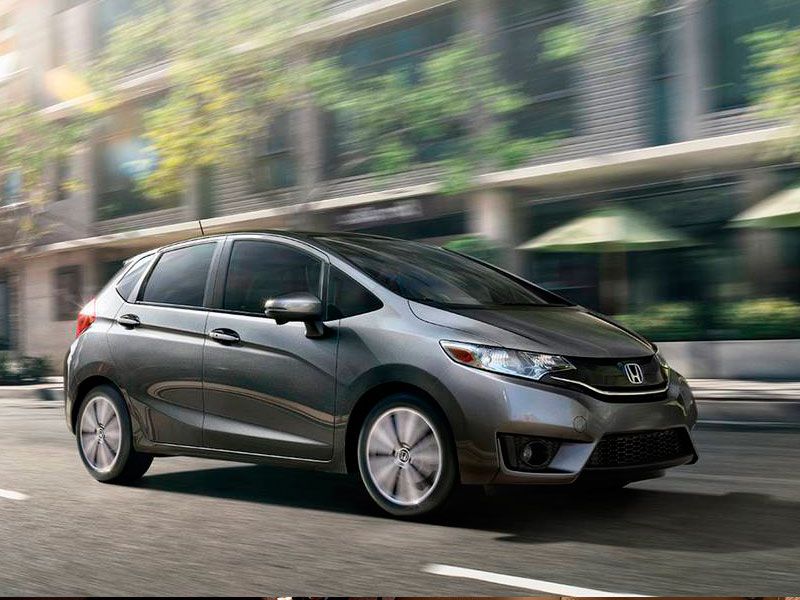
2016 Honda Fit ・ Photo by Honda
Small cars have many advantages: Not only are they easy to park, but they are generally cheaper to buy and use less fuel than larger cars. Interior space is traditionally where they fall down, but thanks to some clever packaging, more and more roomy small cars are offering as much interior space as larger cars — and sometimes more. Here are 10 small cars that are surprisingly roomy inside.
Honda Fit — EPA interior volume: 112.3 cu. ft.
We'll warn you now: You're going to see a lot of Hondas on this list, because when it comes to designing space-efficient interiors in its small cars, they are just about the best in the business. The Fit's interior volume number is impressive — this subcompact hatchback has more interior room here than most compact sedans — but what really makes it such a great car is the flexibility. Along with a roomy trunk, the Fit offers a surprising amount of room for backseat passengers, and the seat itself flips and folds several different ways in order to better accommodate bulky cargo.

Photo by Honda
Toyota Prius — EPA interior volume: 117.7 cu. ft.
The Toyota Prius is best known for the spectacular fuel economy that comes courtesy of its gas-electric hybrid drivetrain, so it's easy to forget that this car is also a roomy hatchback with a generous cargo area. A new center console design makes the latest iteration of the Prius, just introduced for the 2016 model year, feel more spacious for front seat passengers, though rear seat room is not as generous as the old car. But the Prius' big hatchback makes it a great freight hauler, and if you fold down the rear seats, it'll carry as much cargo as an SUV.
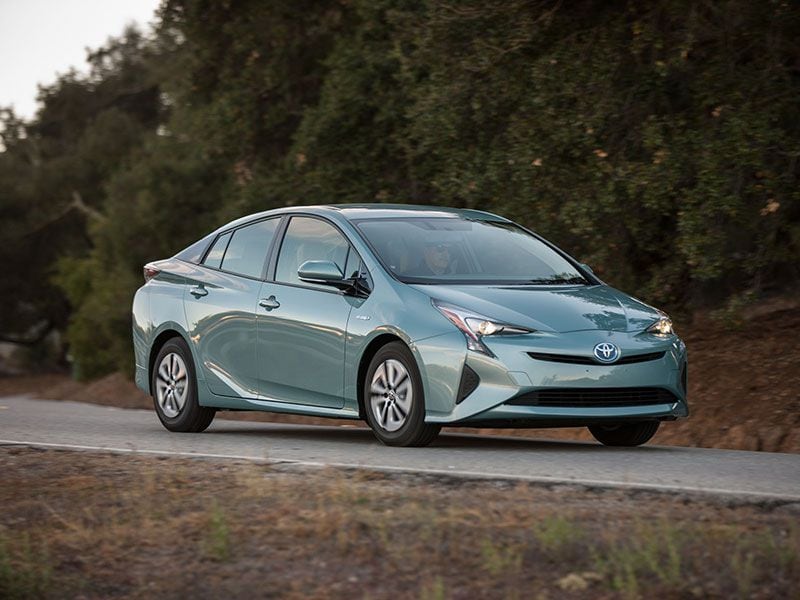
Photo by Toyota
Kia Soul — EPA interior volume: 125.2 cu. ft.
We've said it before, and we'll say it again: There is a reason why cargo boxes are shaped like, well, boxes, and the box-shaped Kia Soul has all those same advantages: A roomy cargo area (oriented vertically rather than horizontally; stand those suitcases on end) and a back seat that provides plenty of headroom and no need for your passengers to duck as they get in in order to avoid a concussion. The body shape of this small car also makes a unique styling statement — and it makes it easy to find in crowded parking lots among rows of look-alike SUVs. As an added bonus, the Kia Soul is a great value, with the mid-level Soul+ model offering a lot of equipment for the price.
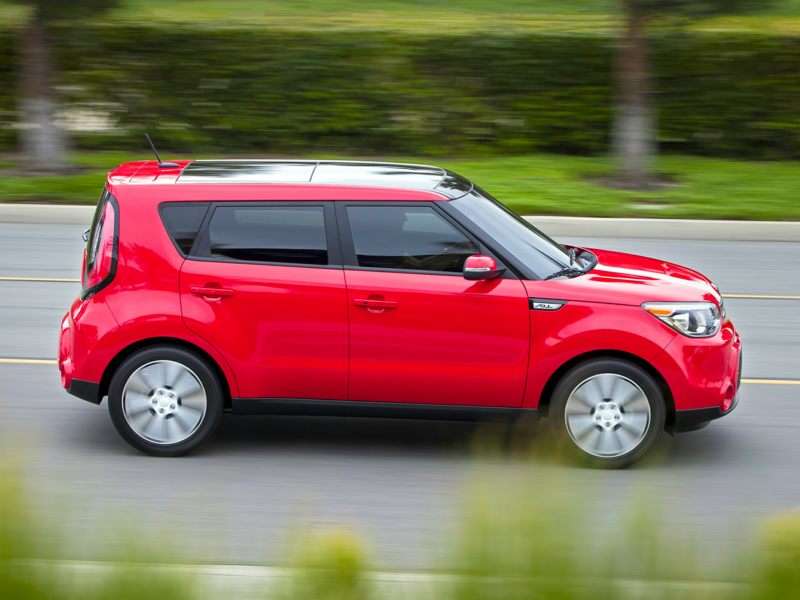
Photo by Kia
Honda Civic — EPA interior volume: 112.9 cu. ft.
Honda has just redesigned their compact Civic, and one of this small car's many fine attributes is interior room — not just overall volume, but backseat space, a common weak spot in many compact sedans. The Civic offers as much leg- and foot-room as midsize cars from just a few years ago, and its long wheelbase (the distance, front-to-rear, between the centers of the wheels) gives it a more comfortable ride. New fuel-efficient engines combine with Honda's legendary build quality to make the latest iteration of the Civic a winner — and a roomy one at that.
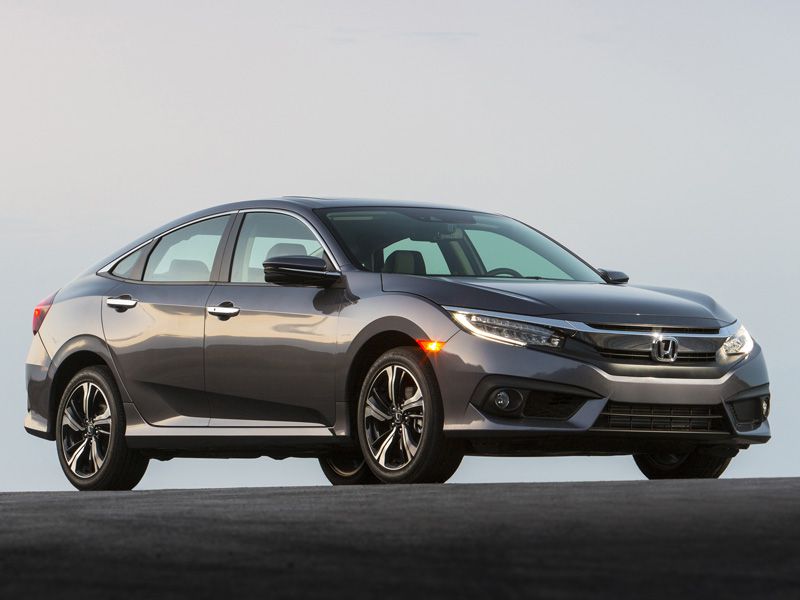
Photo by Honda
Toyota Corolla — EPA interior volume: 110.5 cu. ft.
The Corolla has become an icon of dependable transportation, but it's also one of the roomiest compacts on the market; like the Honda Civic, it's big enough inside to be classified as a midsize car, and while it's not quite as spacious as the Honda Civic, it does have more interior room than small sedans from Chevrolet, Ford, and Mazda. The Corolla is not the most thrilling car to drive, but its reputation for bulletproof reliability is well deserved, and the Corolla is a great long-term family-car solution.

Photo by Toyota
Volkswagen Jetta — EPA interior volume: 109.8 cu. ft.
The Volkswagen Jetta is sized somewhere between traditional compact and midsize sedans, which makes it a good family prospect — it has plenty of room for four or five passengers, and yet it fits into the same parking spots as typical compact sedans. Though the Jetta's EPA interior figure isn't as high as some compacts, its upright shape, tall backseat, and boxy trunk make good use of the space it has, and the Jetta, although a small car, feels like a very roomy car. As of 2016, VW has repowered the Jetta with compact turbocharged engines of 1.4 and 1.8 liters, both of which return strong acceleration and good fuel economy, and the Jetta feels more involving to drive than many of its rivals.
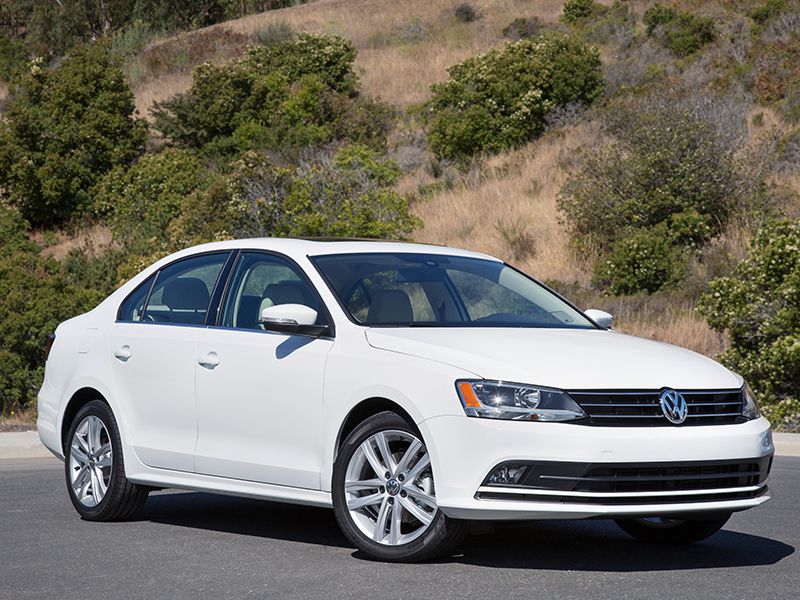
Photo by Volkswagen
Nissan Versa — EPA interior volume: Sedan, 105.1 cu. ft.; Hatchback, 112.9 cu. ft.
Most entry-level cars are subcompacts that are short on space, but the Versa, Nissan's least-expensive car (and, in fact, the least-expensive new car on the market), has an incredible amount of interior space, with a roomy back seat and (by small car standards) a massive trunk. With prices starting under $13k and well-equipped automatic models going for less than $17,000, this solidly-constructed small sedan is arguably the best family-car buy on the market. The Versa Note hatchback offers even more cargo space, though a higher price means it doesn't quite deliver the same value-for-money as the sedan.
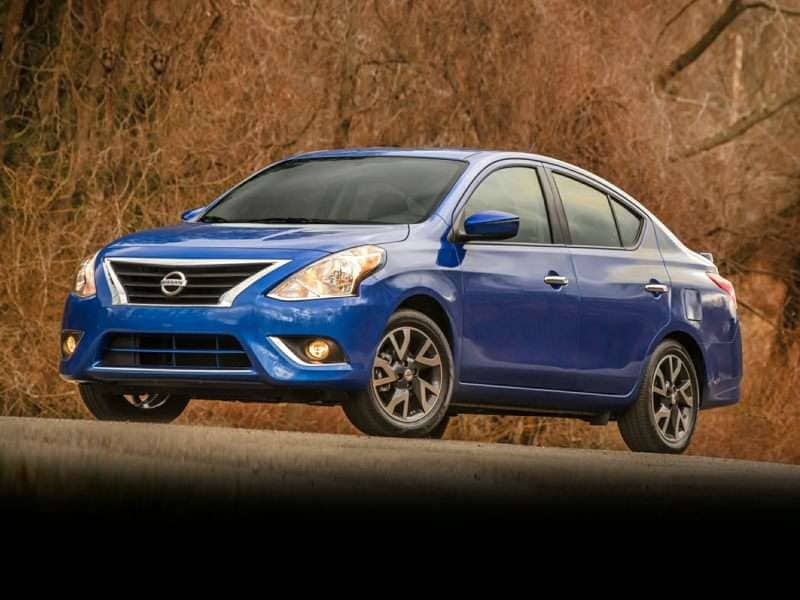
Photo by Nissan
Honda HR-V — EPA interior volume: 124.4 cu. ft.
You probably weren't expecting to find an SUV on a list of roomy small cars — but since there is one, is it any surprise that it's made by Honda? Though the HR-V is a compact SUV, it's closely related to Honda's subcompact hatchback, the aforementioned Honda Fit, and uses a lot of the same tricks to provide more usable interior space than other subcompact SUVs. (We're still amazed at just how much stuff you can stuff into the HR-V's trunk.) And because it's a Honda, the HR-V is good to drive, fuel efficient, and reliable.
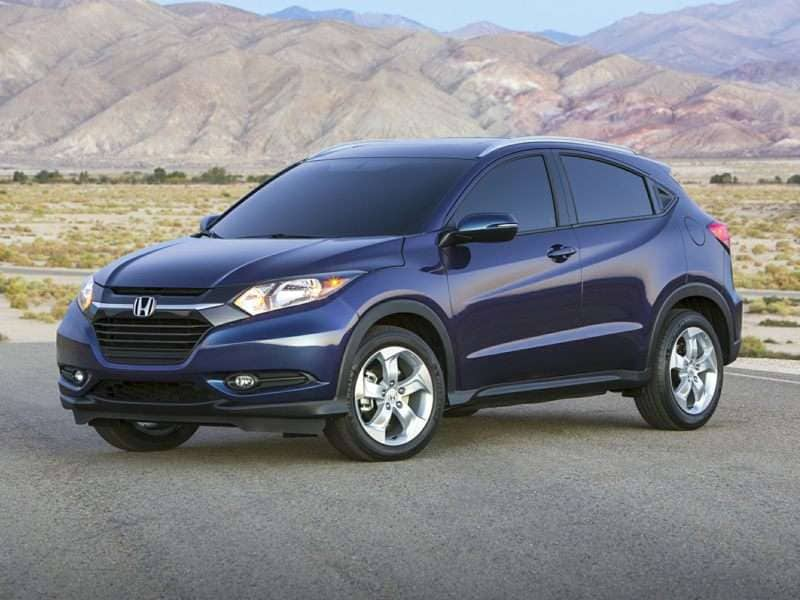
Photo by Honda
Fiat 500L — EPA interior volume: 98.8 cu. ft.
Over in Europe, buyers tend to prefer tall hatchbacks over small suvs. Few of these cars make it to the United States, but the FIAT 500L is one rare example, and we really like it. On paper, it doesn't offer the interior space of a small SUV, but the difference is how the 500L is packaged, with an emphasis on open, roomy seating. The 500L's big windows and glass roof (an option that we highly recommend) lets in lots of sunlight, making the 500L a great car for family vacations — short of a convertible, it's an excellent way to see the sights.

Photo by FCA Media
Hyundai Elantra GT — EPA interior volume: 119.1 cu. ft.
Speaking of Europe, let's take a look at Hyundai's compact hatchback. Though it shares its name with the Elantra sedan, the GT is actually based on Hyundai's European-market i30 hatchback. Europeans have smaller roads and higher gas prices, but their families (and the people who comprise them) are the same size as everyone else's, so there's an emphasis on small, roomy, fuel- and space-efficient cars. The Elantra GT packs lots of usable space into an easy-to-park size. The Elantra GT's styling and road manners show clear European influence, but its pricing and long warranty demonstrate this South Korean automaker's dedication to delivering strong value-for-money.
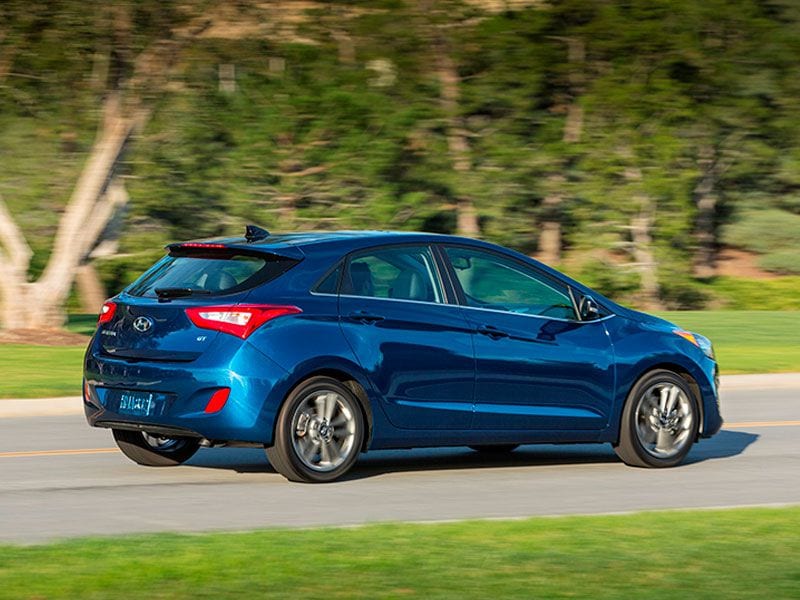
Photo by Hyundai